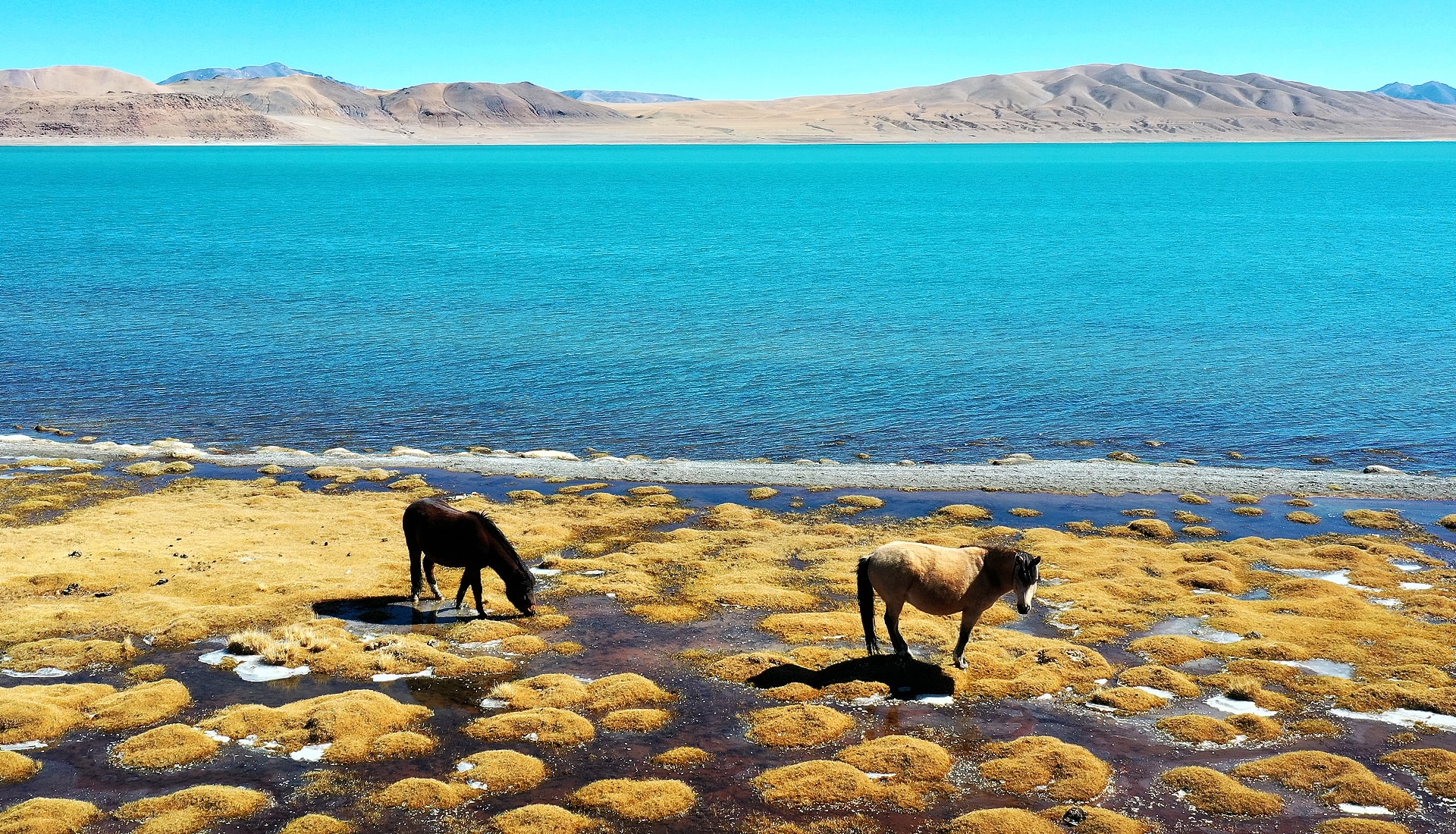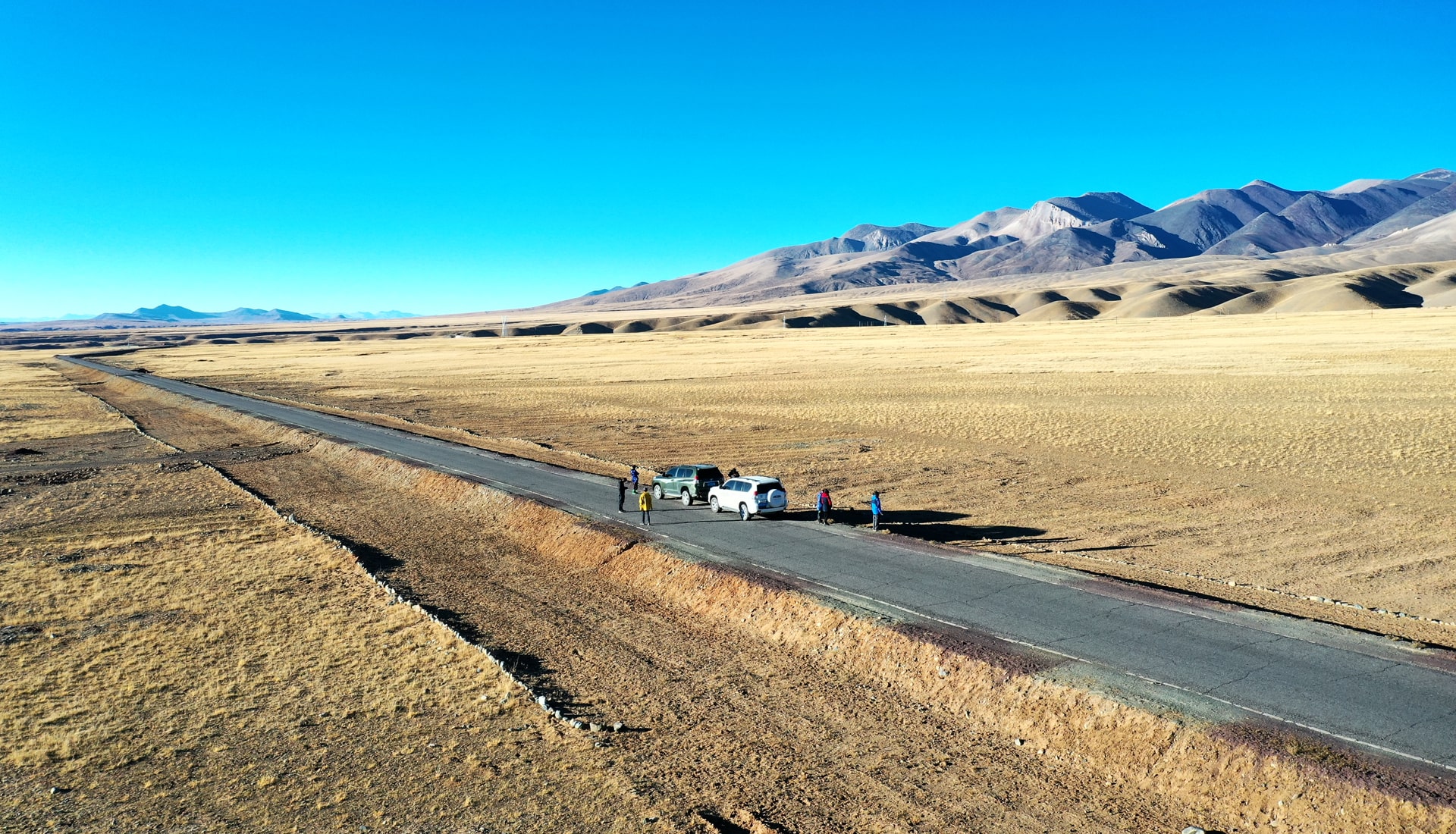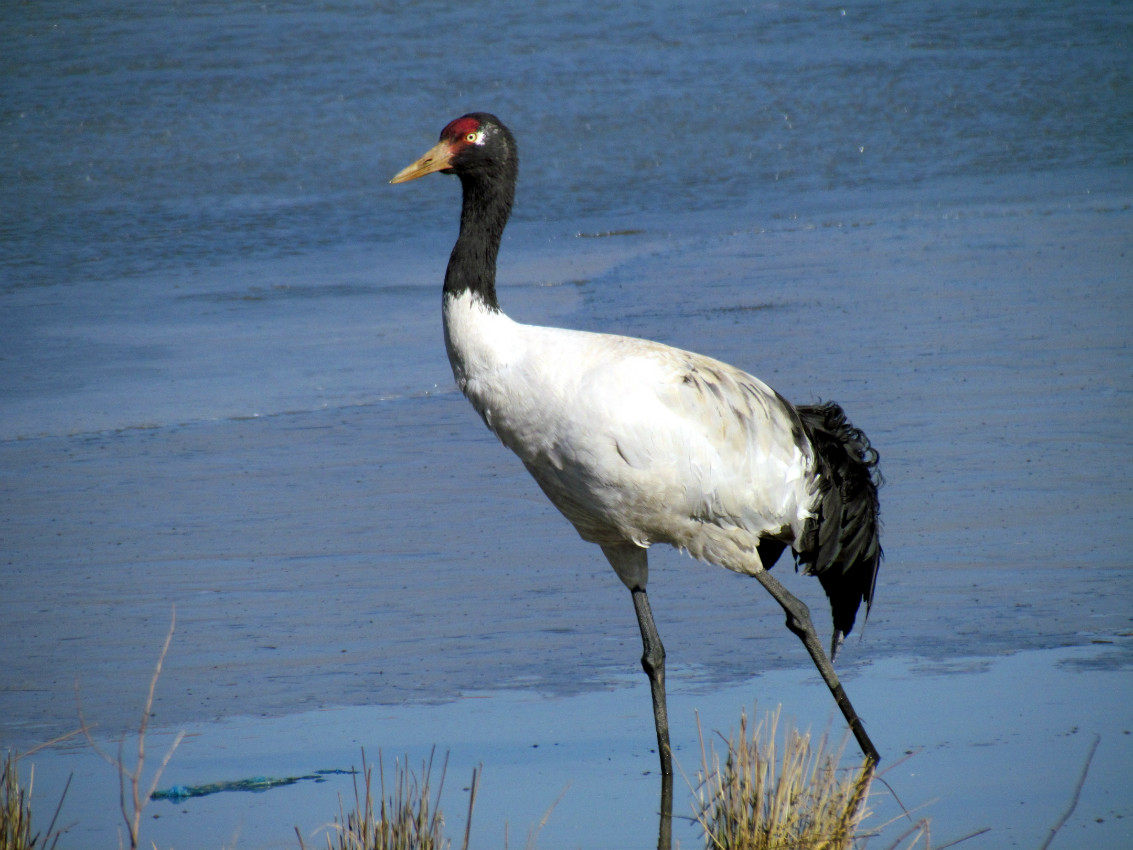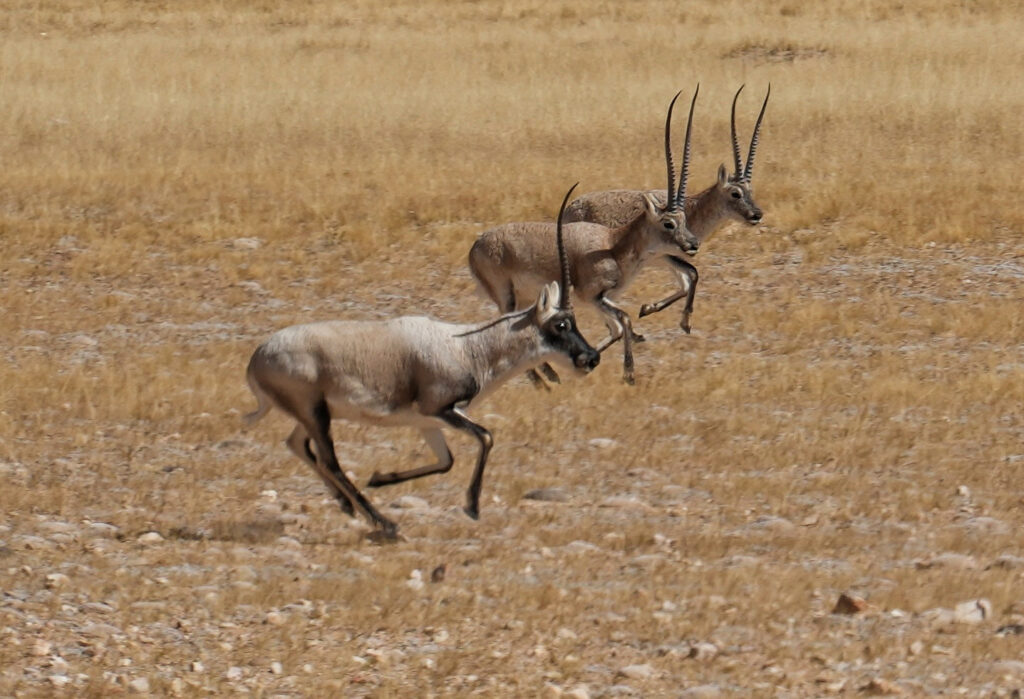Wildlife Encounters in Ali, Tibet: A Living Safari on the Plateau
Here, travelers can spot a wide variety of wildlife, including Tibetan wild asses, Tibetan gazelles, Tibetan antelopes, bharals (blue sheep), hares, marmots, pikas, and even solitary wolves. Many visitors say that a trip to Ngari, Tibet feels like entering a vast open-air wildlife park. Along the roadside, it’s common to encounter all sorts of animals—some even report sightings of elusive snow leopards and Himalayan brown bears. Driving along the Northern Ngari Loop, you may unexpectedly come across herds of Tibetan antelope. Gazing out the window, you’ll see wild asses galloping freely, full of energy. When such encounters happen, take a moment to pause and feel the joy and vitality of life on the plateau—sharing this wilderness in peaceful coexistence.




